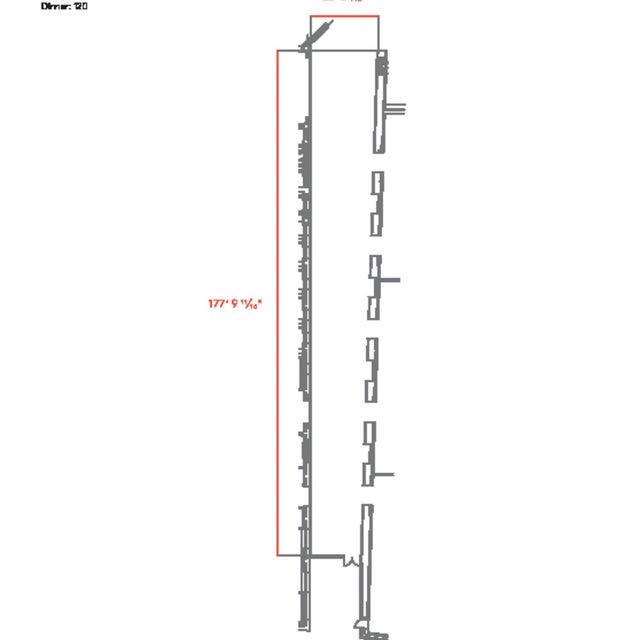
Due to required maintenance, some galleries and artwork may be off view. Learn more
Due to required maintenance, some galleries and artwork may be off view. Learn more

We use cookies to provide and improve services on our website. By using our site, you are agreeing to our Terms of Use and cookie policy.